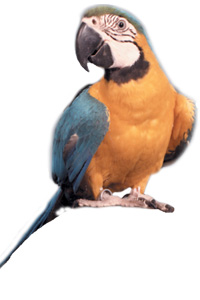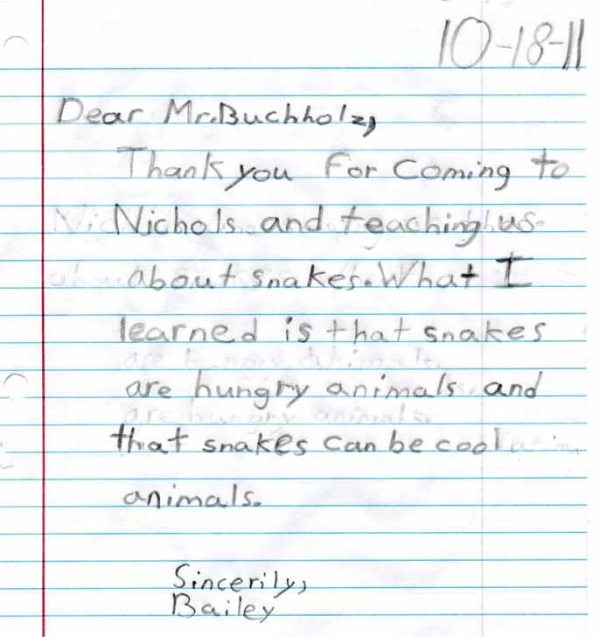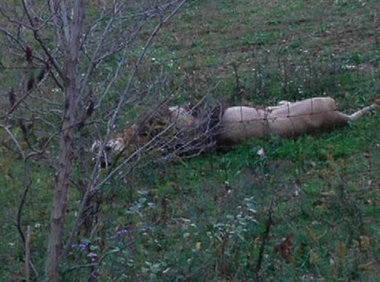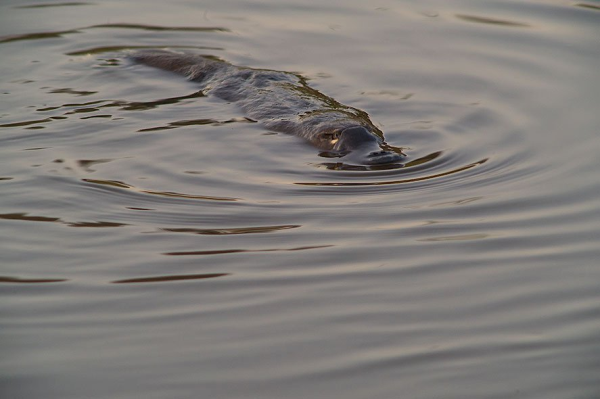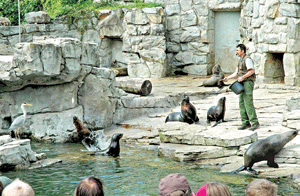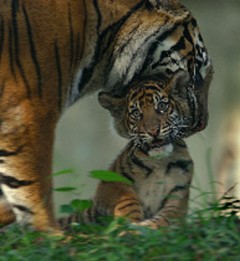Well, 2013 is in the history books now, so we thought you might like a quick recap of our top ten school shoes from last year. Here is what we had for you! Not that these are the best shows we have ... all our shows are absolutely awesome! But of all the more than thirty great school programs we offer, these are the shows you, our clients, scheduled the most often! These are the top ten most often scheduled school shows from 2013.
Education Through Entertainment
Recently in these pages we have been developing a Guide to School Assemblies. Today we will look at shows featuring live animals.
So it is that time again, and we are pleased to announce this month’s School Assembly Dog of the Month!
Today’s news is sad. In Zanesville, Ohio a variety of wild animals, from lions and cheetahs to grizzly bears, were released from their enclosures and having then ventured out into the countryside are now being shot dead by authorities.
I thought you might like these photos.
They were shot by my dear childhood friend Alan Lesheim where he lives in Tasmania. These are of some platypus swimming in a pond opposite his home there.
Alan is a professional photographer, actively engaged in efforts to reduce the destruction of old growth forests in Tasmania. He said in forty years of photography this was the first time he had managed to get some shots of this mysterious and elusive creature. According to Alan, usually as soon as they see you they are gone. It took him two hours of stealth to get these shots, and the next day the animals were gone.
Platypus are one of only five surviving types of monotremes, or mammals that lay eggs (though I have seen some bad comedians that might qualify). Platypus are only found in Australia where their survival status is good and the species is not threatened. An amazing creature, the platypus has a fur covered body, webbed feet and a bill like that of a duck. They are carnivores, spending many hours each day in the water foraging for worms, insects and small shrimp. The average platypus weighs in between 1.5 and 5 lbs.
Though as a species the platypus is not threatened, many other animals are, and species disappear from our planet with a sad regularity for a variety of reasons but unfortunately most of these reasons are man made. When we visit schools with our school assembly Animals and the Environment one of the features is a discussion of the various ways in which activities of humans are undermining the survivability of various species globally. Habitat destruction is of course a key ingredient in this deadly game, as is pollution and poaching. I recently heard a radio report detailing how the rise in buying power among various Asian and Middle Eastern nations has led to a spike in the demand for Rhino horn. The horns of Rhinoceros are widely coveted in Middle Eastern nations for dagger hilts, while in China and other Asian countries the horns are widely prescribed in the medical treatment of many ailments. As a result, the illegal poaching of these magnificent beasts has become so profitable and rampant that their survival is seriously threatened.
Protecting the environment is of fundamental importance in our stewardship of this planet. Sadly economic interests often clash with our higher goals. In Tasmania, our friend Alan works every day in this very field, trying to preserve the ancient forests of that wild island. Here at home, we work every day educating children in the issues of survival for the animals of this world through school assemblies such as Animals and the Environment.
Just for reference, here is a shot Alan did not take, but which shows a little more clearly what these wonderful critters are like.
Geoff Beauchamp is the Regional Manager of Mobile Ed Productions where "Education Through Entertainment" has been the guiding principal since 1979. Mobile Ed Productions produces and markets quality educational school assembly programs in the fields of science, history, writing, astronomy, natural science, mathematics, character issues and a variety of other curriculum based areas. In addition, Mr. Beauchamp is a professional actor with 30 years of experience in film, television and on stage. He created and still performs occasionally in Mobile Ed's THE LIVING LINCOLN

Kids love animals! No escaping that one. A visit to the zoo is a beloved experience for all kids. And it's a great part of their education, too.
Nature is a very cool thing! This was forwarded to me this morning and I thought I would share it.
Out in California in a Zoo a mother tiger gave birth to a rare set of triplet tiger cubs.
Sadly, due to difficulties in the pregnancy, the cubs were born prematurely and, being tiny, they died shortly after birth. But after recovering from the delivery, the mother cat suddenly began to decline in health. Physically she was fine, but the veterinarians felt that the loss of her litter had caused the tigress to fall into a depression.
The vets then embarked on a scientific experiment. They hypothesized that if given a new litter to nurse the mother might improve. To test the validity of this they began a search trying to locate a suitable litter. Unfortunately, tiger cubs are rare and there were none to be found. So the staff at the zoo determined to try something radical.
Sometimes a mother of one species will take on the care of a different species. The doctors located a litter of newly born baby pigs, wrapped the piglets in tiger skin and placed the babies around the mother tiger. Quite a lot to ask of the piglets in the name of science. Brave little piggies! They might have become dinner, right?
Wrong! Take a look:


